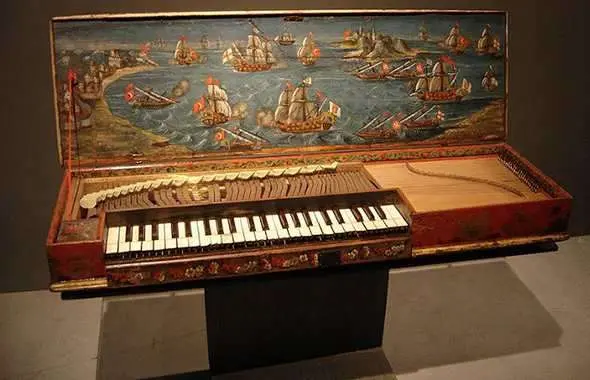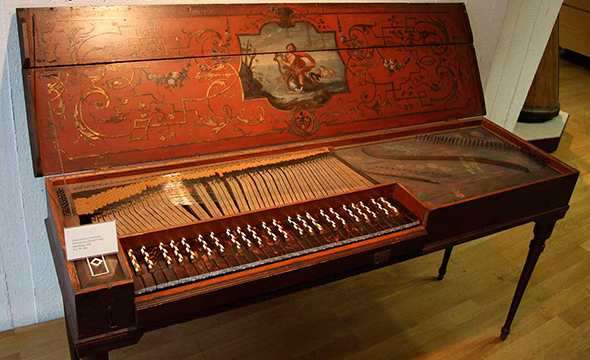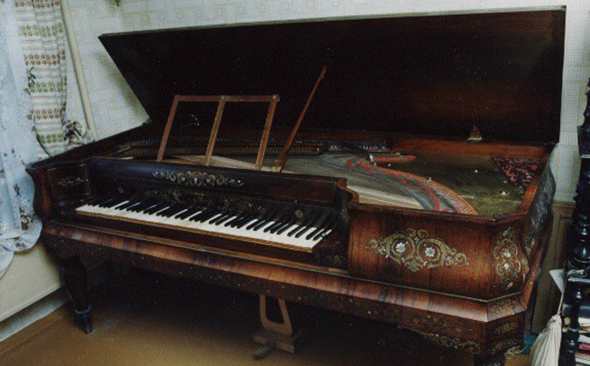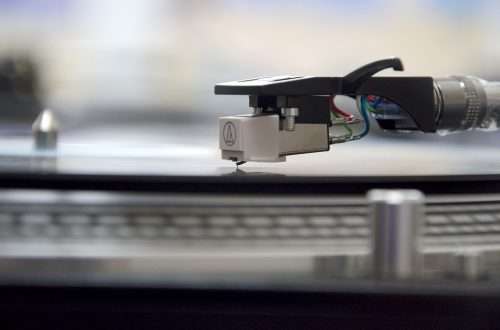
History of the clavichord
There are countless musical instruments in the world: strings, winds, percussion and keyboards. Almost every tool in use today has a rich history. One of these “elders” can rightfully be considered a pianoforte. This musical instrument had several ancestors, one of which is the clavichord.
The name “clavichord” itself comes from two words – the Latin clavis – key, and the Greek xop – string. The first mention of this instrument dates back to the end of the 14th century, and the oldest surviving copy is kept today in one of the Leipzig museums. The device and appearance of the first clavichords is very different from the piano. At first glance, you can see a similar wooden case, a keyboard with black and white keys. But as you get closer, anyone will start to notice the differences: the keyboard is smaller, there are no pedals at the bottom of the instrument, and the very first models don’t have kickstands. This was not accidental, because back in the 14th and 15th centuries, clavichords were used mainly by folk musicians. In order to ensure that the movement of the instrument from place to place did not bring much trouble, it was made small in size (usually the length did not exceed a meter), with strings of the same length stretched parallel to the walls of the case and keys in the amount of 12 pieces. Before playing, the musician put the clavichord on the table or played right on his lap.
The device and appearance of the first clavichords is very different from the piano. At first glance, you can see a similar wooden case, a keyboard with black and white keys. But as you get closer, anyone will start to notice the differences: the keyboard is smaller, there are no pedals at the bottom of the instrument, and the very first models don’t have kickstands. This was not accidental, because back in the 14th and 15th centuries, clavichords were used mainly by folk musicians. In order to ensure that the movement of the instrument from place to place did not bring much trouble, it was made small in size (usually the length did not exceed a meter), with strings of the same length stretched parallel to the walls of the case and keys in the amount of 12 pieces. Before playing, the musician put the clavichord on the table or played right on his lap.
Of course, with the growing popularity of the instrument, its appearance has changed. The clavichord stood firmly on 4 legs, the case was created from expensive wood species – spruce, cypress, Karelian birch, and decorated according to the trends of the time and fashion. But the dimensions of the instrument throughout its existence remained relatively small – the body did not exceed 1,5 meters in length, and the size of the keyboard was 35 keys or 5 octaves (for comparison, the piano has 88 keys and 12 octaves). As for the sound, the differences are preserved here. A set of metal strings located in the body made a sound thanks to tangent mechanics. The tangent, a flat-headed metal pin, was fixed at the base of the key. When the musician pressed the key, the tangent was in contact with the string and remained pressed against it. At the same time, one part of the string began to vibrate freely and make a sound. The pitch of the sound in the clavichord directly depended on the place where the tanget was touched and on the strength of the strike on the key.
As for the sound, the differences are preserved here. A set of metal strings located in the body made a sound thanks to tangent mechanics. The tangent, a flat-headed metal pin, was fixed at the base of the key. When the musician pressed the key, the tangent was in contact with the string and remained pressed against it. At the same time, one part of the string began to vibrate freely and make a sound. The pitch of the sound in the clavichord directly depended on the place where the tanget was touched and on the strength of the strike on the key.
But no matter how much the musicians wanted to play the clavichord in large concert halls, it was impossible to do so. The specific quiet sound was suitable only for a home environment and a small number of listeners. And if the volume to a small extent depended on the performer, then the manner of playing, musical techniques depended on him directly. For example, only the clavichord can play a special vibrating sound, which is created thanks to the tangent mechanism. Other keyboard instruments can only produce a remotely similar sound. For several centuries, the clavichord was the favorite keyboard instrument of many composers: Handel, Haydn, Mozart, Beethoven. For this musical instrument, Johann S. Bach wrote his famous “Das Wohltemperierte Klavier” – a cycle of 48 fugues and preludes. Only in the 19th century was it finally supplanted by its louder and more expressive sounding receiver – the pianoforte. But the tool has not sunk into oblivion. Today, musicians and master restorers are trying to restore the old instrument in order to hear the chamber sound of the works of legendary composers again.
For several centuries, the clavichord was the favorite keyboard instrument of many composers: Handel, Haydn, Mozart, Beethoven. For this musical instrument, Johann S. Bach wrote his famous “Das Wohltemperierte Klavier” – a cycle of 48 fugues and preludes. Only in the 19th century was it finally supplanted by its louder and more expressive sounding receiver – the pianoforte. But the tool has not sunk into oblivion. Today, musicians and master restorers are trying to restore the old instrument in order to hear the chamber sound of the works of legendary composers again.





